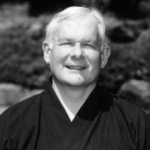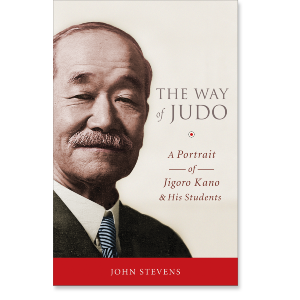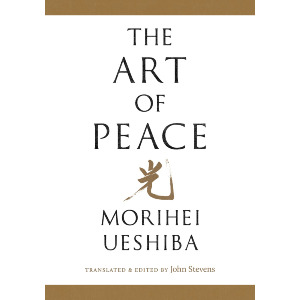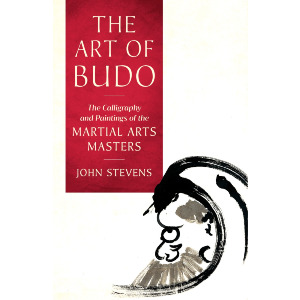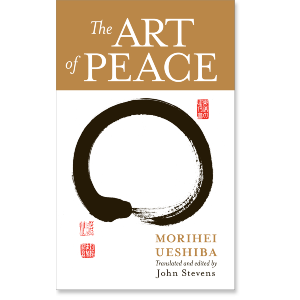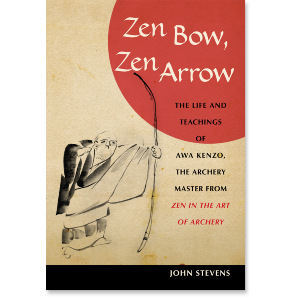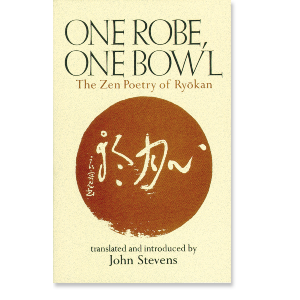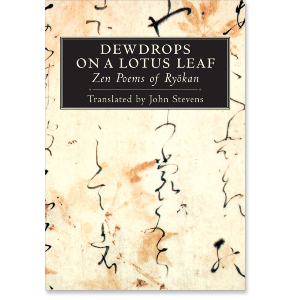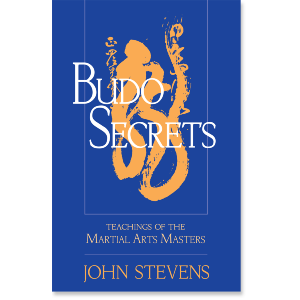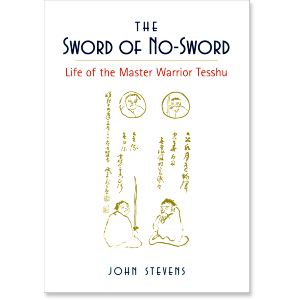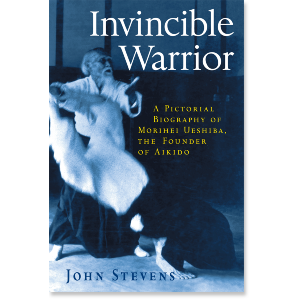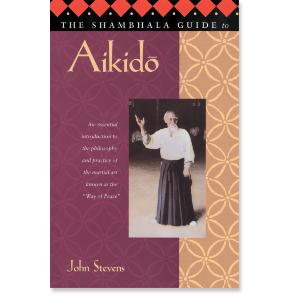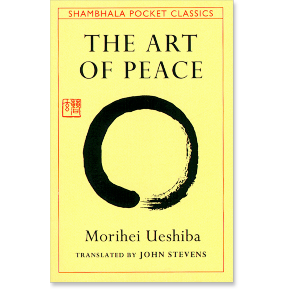$24.95 - Paperback
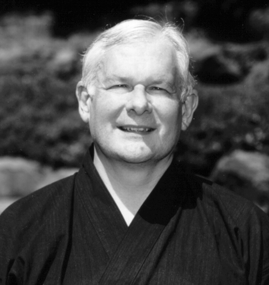 Shambhala: Why did you want to write about Jigoro Kano?
Shambhala: Why did you want to write about Jigoro Kano?
JS: Since I have written books on three of the other most important martial artist masters of the 20th century-Tesshu Yamaoka (kendo), Awa Kenzo (kyudo), and Morihei Ueshiba (aikido)-I felt it imperative to write a book on Jigoro Kano, the founder of Kodokan judo, to round out the picture.
Shambhala: How are the masters different?
JS: While both Tesshu and Awa based their teachings on Zen, and Morihei was a practitioner of esoteric Shinto, Kano was a Confucian thinker through and through. The other three masters believed that enlightenment was the key to the understanding of their art. The Kokodan Judo of Kano, on the other hand, stressed educational theory, rational thought, scientific principles, and practical application.
Shambhala: And what are the masters' similarities?
JS: All four saw their art not as primarily a martial art but as system for personal development and social responsibility. They all had the same goal.
Shambhala: What was Kano's martial art training like?
JS: Kano trained in jujutsu like a demon from age seventeen to around age thirty. He trained under three of the best jujutsu teachers of the day, and after he founded the Kodokan at the age of twenty-two he practiced intensely with every student who showed up. After that, he did not personally train much because of his extremely busy schedule as a head of the Kodokan, a university president, a constant world traveler, a member of the Diet, and a member of the International Olympic Committee. However, Kano continued to demonstrate old-time jujutsu once in a while-escaping a five man pin, throwing an opponent in a flash, and pinning a senior student so tightly that the overconfident fellow broke a rib when he foolishly tried to wriggle free. Although Kano had almost no experience with weapons himself, he organized a research group at the Kodokan specifically to engage in the study of the classical weapons systems of Japan.
Shambhala: In the chapter on "The Challenge of Creating Kodokan Judo " you discuss the many challenging issues that Kano had to deal with. What was the main problem?
JS: The abuse of formal competition. Kano instituted formal matches so that his trainees would learn how to lose-with grace, self-reflection, and as an educational tool-and not how to win at any cost. Kano decried the "winning at any cost " approach to judo that the majority of his students practiced. Late in his career, the exasperated Kano exclaimed, "What you all are doing is not judo! "
Shambhala: Much of your book is devoted to Kano's students.
JS: Yes, it had to be. Highlighting Kano's interaction with his students is crucial in order to tell his story. As a Confucian gentlemen and president of the National Teacher Training College, Kano himself lead an up-right, exemplary life but his students were a much more colorful, even rowdy lot. As for Kodokan Judo, Kano was the guiding light, but the technical elements were developed in conjunction with his senior students. It was a joint effort. In the social realm, one of his students established the Black Dragon Society, two of his students were elected prime minister, two of them became the richest entrepreneurs in the country, and one of them taught judo to a United States president.
Shambhala: You write quite a bit about Kano's Chinese students.
JS: Yes, many of the Chinese students who were taught at Kano's academy were very influential on Chinese history, yet this is a detail that is virtually unknown. For example, Mao's father-in-law had been a student of Kano's in Japan, and he taught Mao some of Kano's educational theories. Mao wrote a paper on Kano's ideas.
Shambhala: Was there a spiritual element to Kano's teaching?
JS: As a Confucian educator, Kano was always concerned with the social ramifications of his teaching. One of his key theories was jita kyoei "mutual benefit and well being. " Based on that ideal, Kano stressed creation of an "enlightened society, " rather than emphasizing the purely individual quest. Since Kano presented much of his teaching through calligraphy, a number of his calligraphies are illustrated in the book. Many of these speak to his social idealism.
Shambhala: What do you hope to convey in the The Way of Judo?
JS: I want my readers to be as inspired as I was by Kano's life and teaching. The deeper I went into Kano's story, the more I came to respect him. His career is fascinating, and I want people to have access to his full story.

